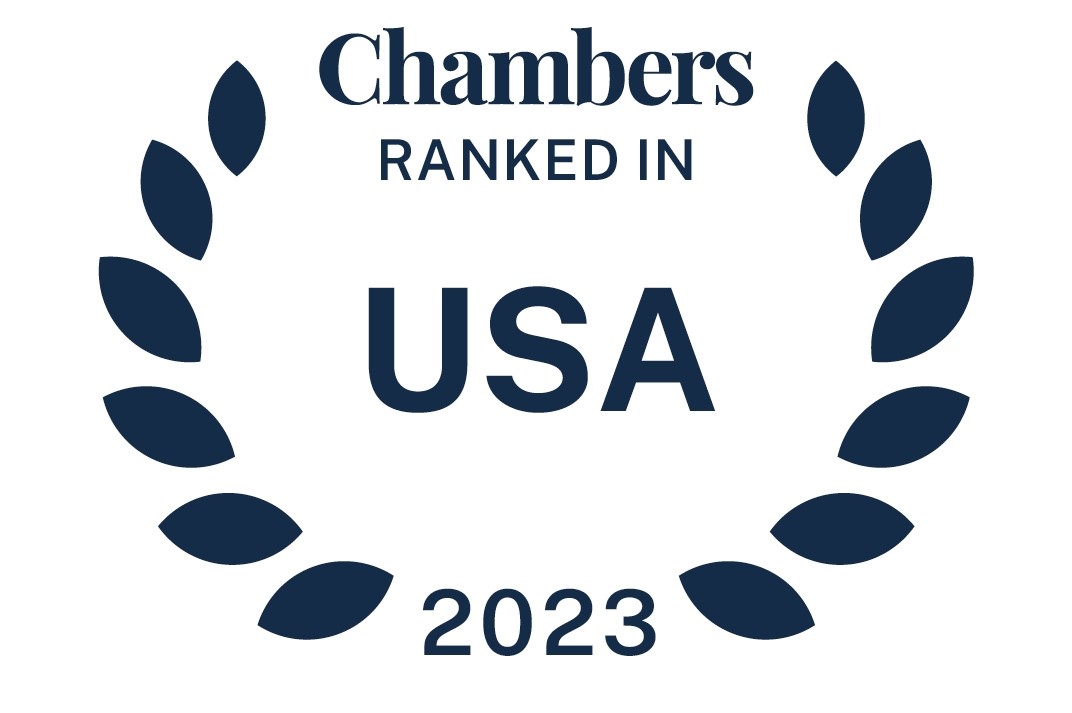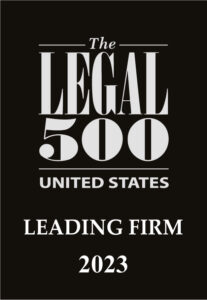If our trade and industry sources have it right, we could see final regulations implementing the Mental Health Parity and Addiction Equity Act (MHPAEA), as most recently amended by the Consolidated Appropriations Act, 2021 (CAA), any day now. Last week, we offered a wish list of things we would like to see modified or addressed once the rules become final. Our previous MHPAEA commentary is available here.
An August 1, 2024, letter from Viginia Foxx, chairwoman of the US House of Representatives Committee on Education and the Workforce, to the secretaries of the US Department of Health and Human Services (HHS) and the US Department of the Treasury (Treasury) and the acting secretary of the US Department of Labor (DOL) leads us to add one more item to our wish list. It relates to a subject that has been a major item of contention and the cause of considerable frustration in MHPAEA audits: network composition and adequacy.
The CAA added a requirement that plans and issuers perform and document comparative analyses of the design and application of nonquantitative treatment limitations (NQTLs) on mental health and substance use disorder (MH/SUD) benefits and medical and surgical (M/S) benefits. Nothing in the CAA modifies prior law relating to network composition or adequacy, however. MHPAEA generally requires that the application of NQTLs on MH/SUD benefits “in operation” be comparable and no more stringent than on M/S benefits. In the case of an audit, the DOL has analyzed diverse types of outcomes data, such as denial or reimbursement rates.
But – and this is critical – nothing in existing law requires comparability of outcomes. Indeed, the DOL’s self-compliance tool makes clear that disparate outcomes are not determinative of noncompliance, recognizing that the law requires only that the processes and standards used in applying the NQTL be comparable across MH/SUD and M/S benefits. Different outcomes can still be MHPAEA-compliant. An intervening FAQ (No. 7) suggests otherwise, saying that disparate outcomes raise a “red flag.” FAQs lack the force of law, however.
The proposed rules upend current law by making differences in outcomes a strong indicator of noncompliance or, in the case of network composition, a conclusive determination of noncompliance. Chairwoman Foxx criticizes this approach, saying that “This [ ] suggests that approval or denial rates in either a MH/SUD or M/S context are indicative of appropriateness.” This is in her view a flawed assumption. She also claims that the DOL, HHS and Treasury (the Departments) have exceeded their statutory authority in the matter. The DOL is in our experience applying this rule on audit as though the proposed rule is the law.
We express no opinion on whether the proposed rule comports with the statue. This is for the courts to decide. It’s no secret, however, that the Departments now face a higher bar in the wake of the US Supreme Court’s decision in Loper Bright Enterprises v. Raimondo (wherein the Court overruled the [...]
Continue Reading
read more

 Subscribe
Subscribe



